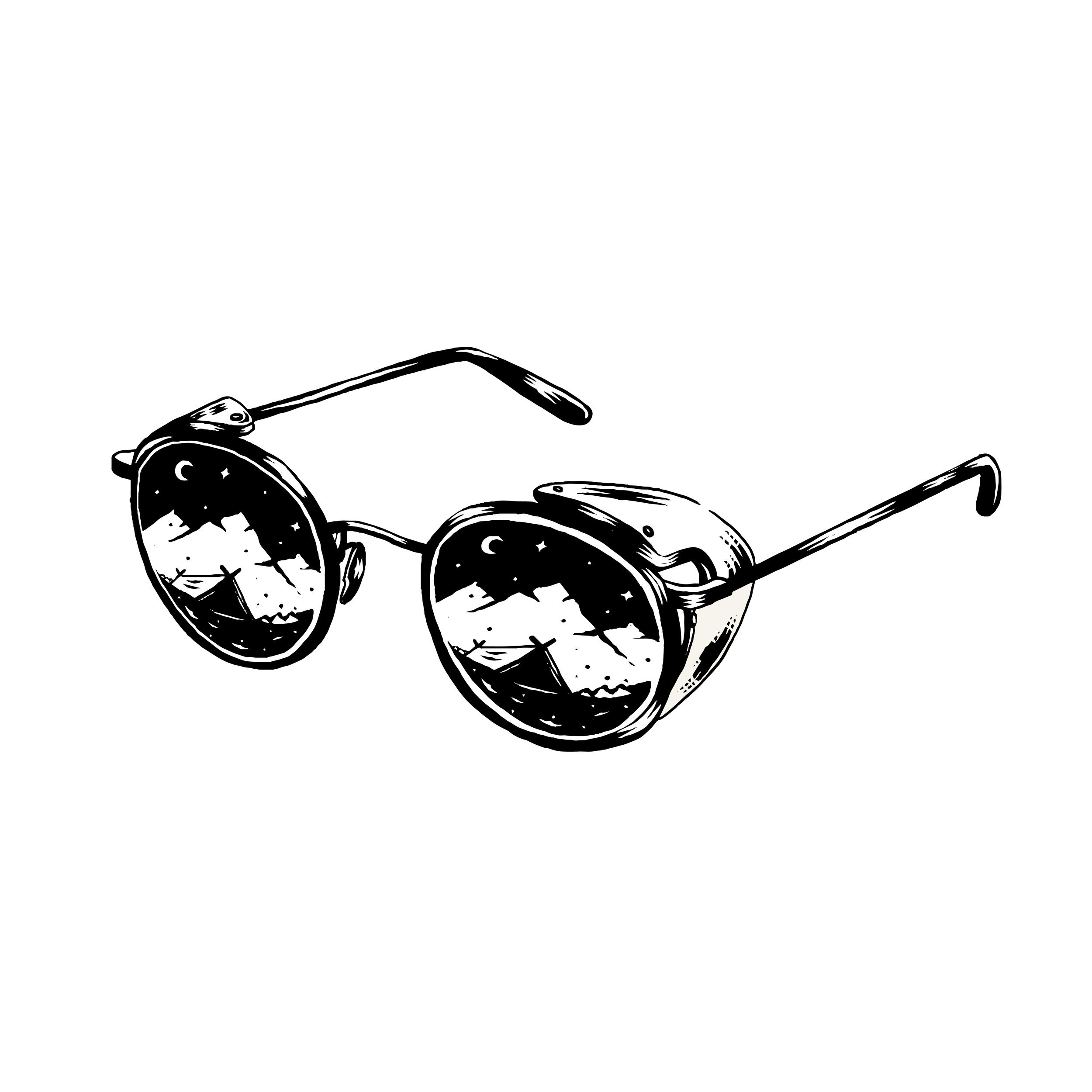Tell-Tale
Here are some questions that often come up when I am reading a manuscript:
Who is telling the story?
Whose voice am I hearing?
Who is listening?
It’s easy to categorise these issues as to do with point of view, and though point of view does form a part of the answer - from which spot am I looking, and at what moment - what I am really talking about here is a much wider aspect of storytelling: the Narrator.
In Philip Pullman’s wonderful book of essays on storytelling, Daemon Voices, he spends a lot of time looking at this idea of the Narrator, in particular the Voice of the Narrator. Have a look especially, if you can buy or borrow a copy, at the essay titled The Classical Tone - Narrative Tact and Other Classical Virtues, in which he uses the classic children’s book, Tom’s Midnight Garden, by Philippa Pearce, as an example of the ‘calm, kindly,’ narrator who imparts the ‘anonymous, serene’ clarity of transparent storytelling. It’s easy to label this voice as an omniscient narrator - but Pullman makes the point that no narrator has EVER been shown to know everything. What narrators do tend to know is a lot more than the characters within the story, both laterally and in terms of the future and the past, but they are still limited by an implication (at least) of the bounds of their own opinions and experiences. In other words, the narrator is a unique, peculiar character of its own - a character who might never be named but exists strongly in the readers’ ears as the person they can rely on to tell the true story.
This doesn’t mean to say that stories can’t be told in first-person, so the readers have no doubt about who is telling them what is happening. And a narrator can prove unreliable, whether they’re talking to us in first-person or from a greater distance. But in every case what is most important is that you, the writer, know the identity of your narrator.
In Pullman’s analysis of Tom’s Midnight Garden, he traces Pearce’s use of a ‘free, indirect style’ of narration. In which the story is told from a point of view that takes in both what is happening and a particular character’s thoughts and feelings about it. And in which the narrator can also express a different point of view to the character’s. The narrator can tell us more than the character wants us to know. When done well, this kind of storytelling moves so swiftly and unobtrusively between these varying points of view that the reader hardly notices, and one benefit to the writer is a huge flexibility in what a reader can be shown, and how. (Whereas in first person the mode of storytelling is limited to one head/one voice.) Furthermore, as the reader becomes more and more attached to the characters, their point of view, their experience, their now and here becomes the reader’s now and here, blurring boundaries between the page and real life, which must surely be an ambition every writer desires.
So who is the narrator? Not the author, according to Pullman.
The narrator is a character invented by the author, just as much as any of the ‘seen’ characters in the rest of the story. The narrator is the voice the writer hears in her ear; the voice the readers hears from the opening pages and quickly comes to trust.
In another essay from Daemon Voices, titled God and Dust, Pullman lists the several people involved in the reading of a story.
There is the Actual Reader - the person who has decided to open the book, whose eyes move across the page.
There is the Implied reader – the person the text seems to be addressing, i.e. a young child, an academic, a comic book reader
The actual Author - the person who thought up the sentences and wrote them down
The Implied Author - the shadowy figure felt by the reader to lie behind the book, the embodiment of all the attitudes, experiences, literary skill that have gone into making it
The Narrator. This is the voice that tells the story. This isn’t the Actual Author’s voice, it’s as much an invention as the other characters. And just as with the other characters, readers need to feel they know this person and trust in their consistency. (I choose the binary ‘their’ on purpose, as the gender of narrators doesn’t always need to be selected.)
And so I come to the point of this Tip. As you work on your story - whether you’re just starting out at the Opening, whether you’ve reached the end of a complete first draft - keep asking yourself this all-important question: Who is telling the story?
If you haven’t already decided, decide.
And then open your ears to that narrator’s voice. Transcribe their voice onto the page, let them carry the story in a way that is calm and clear and sure, and most of all consistent, no matter their character. From the opening to the final pages.
Here’s a final quote from Pullman, that will hopefully inspire:
“‘To my mind, the most rich, surprising, subtle, and mysterious character in the whole of literature, surpassing in these qualities even Hamlet or Falstaff, is the narrator. To impersonate this sprite-like, ageless, androgynous, amoral, wise, opinionated, understanding, sharp-eyed, partial, judicious, fond, credulous and cynical being is a privilege so great that we should happily pay to do it…’”
